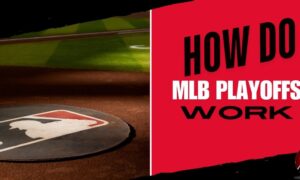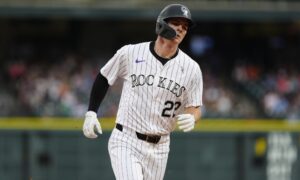Understanding sabermetrics and the use of slugging percentage is a better process of evaluating a hitter and is superior than using the ancient method of batting average is our focus in this article. In this article we dive into what is SLG in baseball? Ready to dive in?
As a reminder, all hits are not created equal. So what is slugging percentage in baseball?
A measure of a hitter’s productivity, with added weight given to extra base hits.
Double, triples and home runs are more valuable than singles. Therefore, they receive additional weight. How is slugging percentage calculated?
- SLG=singles+doubles X 2 + triples X 3 +home runs X4/atBats
An example is Jose Abreu led the American League in 2019 with these numbers:
72 singles, 38doubles, 1 triple and 38 homers in 634 at bats for SLG%=.503
SLG isn’t perfect. It’s not going to tell you everything you need to know in one stat. But it does take things one step further and tells us what kind o hitter a player is. SLG is one of the best stat that evaluate power in the game, not just a big home run hitter.
So how is slugging percentage broken down?
| Grade | SLG |
|---|---|
| Excellent | .550 or higher |
| Great | .500 |
| Above Ave | .450 |
| Average | .420 |
| Below Ave | .400 |
| Poor | .390 |
| Awful | .380 or below |
Some of the best hitters in the game were not sluggers. In 20 seasons, Tony Gwynn only reached .500 SLG four times.
Hopefully this helped explain what is SLG in baseball, but you can find some more information and our full Sabermetrics guide here.









